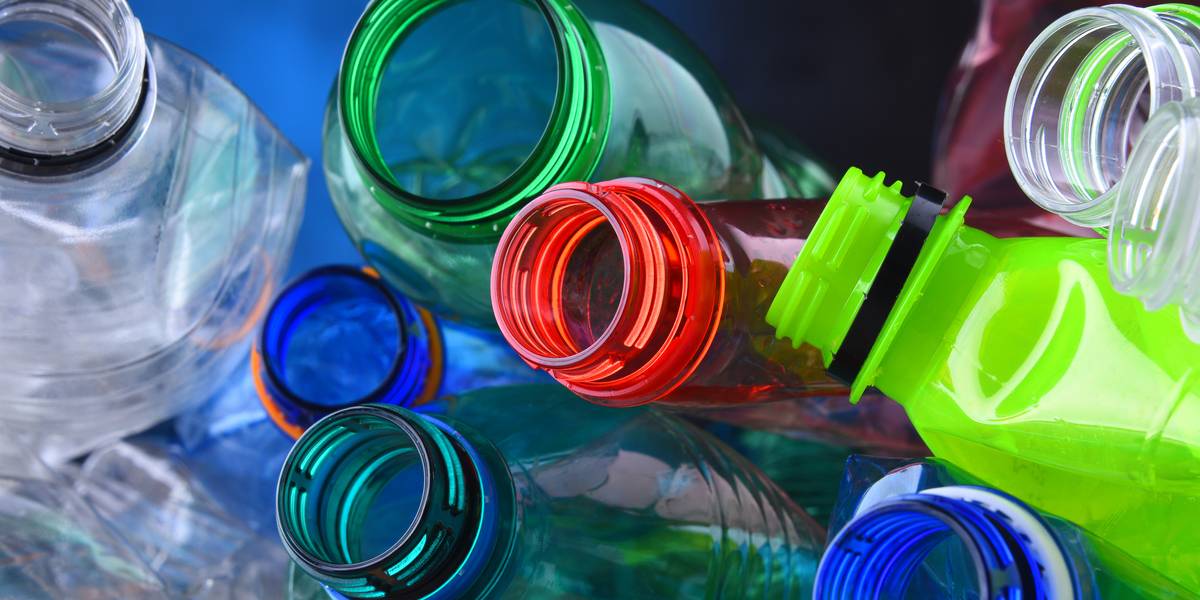Chemicals found in dyes and plastics could play a role in the development of some cancers in women, a new study has found.
The research shows that PFAS chemicals “appear to disrupt hormone function in women” and are a potential mechanism that increases the risk of developing hormone-related cancers.
The study looked at women who developed breast, ovary, skin and uterus cancers and discovered they had substantially raised levels of chemicals including PFAS (per- and poly-fluoroalkyl substances) and phenols (including BPA).
- Study finds link between keto diet and lowered testosterone levels in women with polycystic ovary syndrome
- Cardiac arrest symptoms are different in men and women
The latest findings add to evidence which supports growing calls for efforts to reduce people’s exposure to these chemicals, which is also found as a by-product in the treatment of wastewater.
Senior author Dr Max Aung, who carried out the research while at the University of California – San Francisco’s Program on Reproductive Health and the Environment, said: “These findings highlight the need to consider PFAS and phenols as whole classes of environmental risk factors for cancer risk in women.”
Lead author Dr Amber Cathey, from the University of Michigan, said: “These PFAS chemicals appear to disrupt hormone function in women, which is one potential mechanism that increases odds of hormone-related cancers in women.”
The research team found that exposure to one particular PFAS compound doubled the chances of women having a previous cancer diagnosis, with similar findings with two other types of PFAS compounds.
PFAS make their way into water, food and people via items such as Teflon pans, waterproof clothing, food packaging such as soft drinks and stain-resistant materials. These “forever chemicals” last for decades in the environment as they don’t break down easily.
Blood and urine samples from more than 10,000 people were examined, while current exposure to phenols and PFAS were looked at in relation to prior cancer diagnoses. Researchers also investigated racial/ethnic differences in these links.
- Birth control pills have a negative effect on womens’ stress hormone levels
- Females taken to hospital by a man are less at risk of dying from a heart attack
Links between several PFAS and uterine cancers were only seen in white women, while links between breast cancer and a PFAS called MPAH and the phenol BPF were only seen in non-white women.
Professor Dr Tracey J. Woodruff, from the University of California – San Francisco, said: “As communities around the country grapple with PFAS contamination, this adds further evidence that supports policymakers developing action to reduce PFAS exposure.
“Since PFAS make up thousands of chemicals, one way to reduce exposures is for EPA to regulate PFAS as a class of chemicals, rather than one at a time.”
Read the study in Journal of Exposure Science & Environmental Epidemiology.






